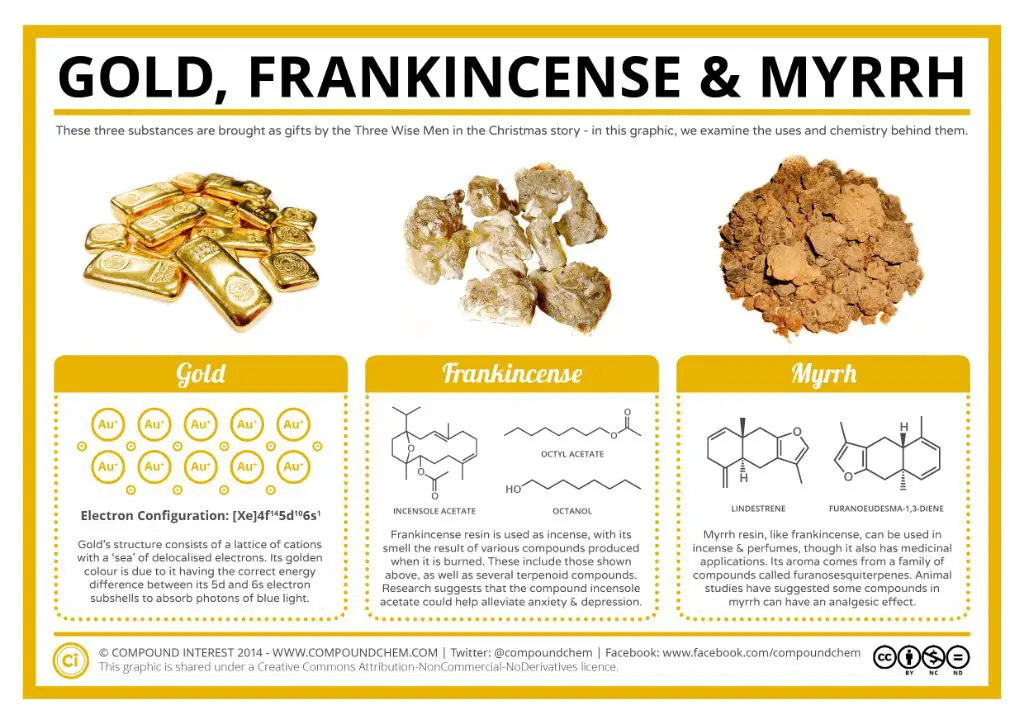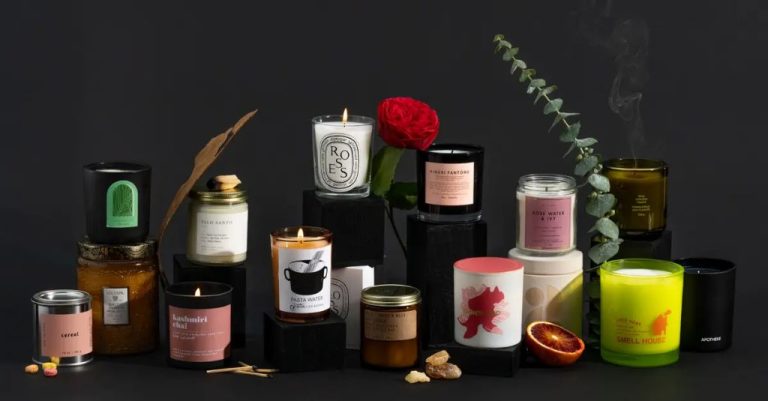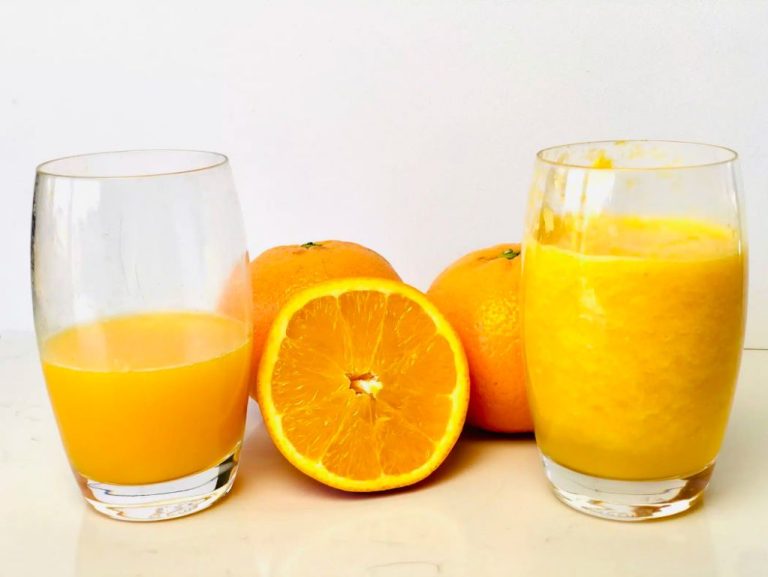Which Smells Better Frankincense Or Myrrh?
Frankincense and myrrh are fragrant gum resins that have been highly valued across many cultures for over 5000 years. Frankincense is derived from trees of the genus Boswellia, while myrrh comes from Commiphora trees. Both have been used since ancient times for spiritual, medicinal, and cosmetic purposes. They were so precious that they were given as gifts to baby Jesus by the three wise men. Today, frankincense and myrrh remain popular for aromatherapy, natural medicine, religious rituals, and skincare. This article provides an in-depth comparison of the scents of frankincense and myrrh to help readers understand their nuances and determine which they find more appealing.
Origins and Sources
Frankincense and myrrh are both aromatic resins obtained from trees in the Burseraceae family. Frankincense comes from trees of the Boswellia genus, while myrrh is obtained from Commiphora trees. Both genera are native to Northeast Africa and parts of the Middle East.
Frankincense trees like Boswellia sacra and Boswellia carterii grow in dry, mountainous areas of Somalia, Oman, Yemen, and Ethiopia. The resin is harvested by making small incisions in the bark and allowing the milky sap to bleed out. It hardens into yellowish “tears” that are collected. Oman and Yemen are major producers of frankincense today.
Myrrh trees such as Commiphora myrrha grow in similar arid environments in places like Ethiopia, Somalia, and the Arabian Peninsula. Myrrh resin is harvested similarly by tapping into the bark. Myrrh tends to be darker and more red-brown in color compared to frankincense. Ethiopia and Somalia are major sources of myrrh resin.
Both resins have historically been important trade items in North Africa and the Middle East for thousands of years. Although frankincense and myrrh trees grow wild, both resins continue to be harvested commercially today for a variety of uses.
Appearance and Composition
Frankincense and myrrh have distinct physical properties that make them easily identifiable. Frankincense is described as having an off-white or pale yellow color and comes in the form of tears or irregular lumps, which are opaque and have a waxy feel (Chen et al., 2013). Myrrh, on the other hand, is reddish-brown to dark brown in color and comes in shiny, egg-shaped tears. Myrrh is more brittle and gummy than frankincense (Cao et al., 2019).
The chemical compositions of frankincense and myrrh are complex, containing various terpenes, gums, and essential oils. The main active compounds in frankincense are monoterpenes such as alpha-pinene, octyl acetate, and borneol. It also contains sesquiterpenes like beta-elemene and diterpenes like incensole acetate (Cao et al., 2019). Myrrh contains high levels of sesquiterpenes such as furanoeudesma-1,3-diene and lindestrene, along with terpenoids like curzerene (Chen et al., 2013).
Other major constituents of frankincense and myrrh essential oils include alpha-thujene, p-cymene, and terpinen-4-ol. They both have high concentrations of boswellic and commiphoric acids, which are linked to their therapeutic effects (Chen et al., 2013; Cao et al., 2019).
Aromas and Notes

Frankincense has a rich, woody aroma with balsamic and piney notes. The main scent compounds are alpha-pinene, actanol, bornyl acetate, and incensole acetate, which give it a piney, lemony, and woody-citrus fragrance profile. It has subtle nuances of earthiness and spice that give it a mysterious yet uplifting scent. Myrrh has a sharper, drier, and smokier scent. The main aromatic compounds are furanoeudesma-1,3-diene and lindestrene which give it a balsamic, amber-like scent with hints of musk and vanilla. Compared side by side, frankincense tends to have a more balanced and pleasant aroma while myrrh has a medicinal sharpness. However, when blended together, they perfectly complement each other with frankincense softening the harshness of myrrh. Most find the combination of the two more appealing than either scent alone.
Spiritual and Religious Uses
Both frankincense and myrrh have been hugely important for spiritual and religious practices for thousands of years. In ancient Israelite temple worship, myrrh was used as an ingredient in the holy anointing oil for consecrating priests, the tabernacle, and kings (Gold, Frankincense, and Myrrh). It represented purification, sanctity and connection with the divine. Frankincense also played a key role in ancient Judea religious rituals and ceremonies, burned as incense to represent prayers rising to heaven. Both resins were amongst the gifts brought by the Three Wise Men to baby Jesus, symbolizing Christ’s divinity and the importance of his birth.
Today, frankincense and myrrh remain incredibly popular in spiritual communities. Frankincense is believed to help improve spiritual connection and prepare the mind for meditation. Myrrh represents the spirit of mother earth and helps promote a sense of grounding and purpose. Both resins are still commonly used in religious ceremonies, prayers, and alternative healing practices across Christian, Islamic, Jewish and Pagan groups. Burning frankincense or myrrh incense is seen as a symbolic way to purify spaces and create spiritual harmony.
Health Benefits
Frankincense and myrrh have been used for medicinal purposes for thousands of years. Modern research is now uncovering many health benefits associated with these resins.
Several studies have shown that boswellic acids, the active compounds in frankincense, have potent anti-inflammatory effects. According to a review in the National Library of Medicine, frankincense extracts can inhibit the production of key inflammatory molecules and enzymes linked to conditions like arthritis, asthma, and inflammatory bowel disease.
Myrrh also contains anti-inflammatory terpenoids and sesquiterpenes that can help relieve swelling and pain. A study in Phytotherapy Research found that myrrh reduced inflammation in mice by over 50%.
Research indicates that frankincense and myrrh may also boost immunity. According to a report in the Journal of Ethnopharmacology, frankincense activated immune cells called lymphocytes, which defend against viruses and bacteria. Myrrh also stimulated white blood cell production in another study.
Both resins also offer benefits for skin and hair. Their antioxidant and antimicrobial properties can help reduce acne, heal wounds, strengthen hair follicles, and prevent dandruff. However, more research is needed on their cosmetic uses.
When used topically or orally at recommended doses, frankincense and myrrh are generally safe. But larger amounts may cause side effects like rashes, stomach pain, or changes in heart rate. As with any supplement, it’s best to consult a doctor before use.
Cosmetic and Perfume Uses
Both frankincense and myrrh essential oils are popular ingredients in beauty products thanks to their many skin benefits. The anti-inflammatory and antimicrobial properties make them useful for treating acne, rashes, and dry skin (Zoya Goes Pretty). When used in face creams or lotions, frankincense helps rejuvenate mature skin by reducing the appearance of sun spots and wrinkles. Myrrh is particularly moisturizing, so it is often used for very dry skin. Many natural cosmetic brands feature frankincense and myrrh in anti-aging serums, cleansers, toners and masks.
In perfumery, frankincense and myrrh essential oils provide depth and complexity to fragrances. The warm, rich notes of frankincense give perfumes a sense of luxury. Myrrh’s earthier, more medicinal aroma adds sophistication. Many classic and modern perfumes contain frankincense or myrrh as base notes that linger on the skin, including Coco Mademoiselle by Chanel and Myrrhe et Délires by Guerlain. Consumer surveys indicate the public enjoys these resinous scents and finds them soothing and rejuvenating (Purple Prairie).
Culinary Uses
Both frankincense and myrrh have been used as flavoring agents in foods and beverages for centuries. They add a warm, balsamic, slightly spicy aroma and flavor.
In Middle Eastern cuisine, frankincense is sometimes used to flavor soups and stews. It pairs well with lamb, chickpeas, and other regional ingredients. Myrrh is also used in North African and Middle Eastern cooking, often in spice blends like ras el hanout. It brings an earthy complexity to tagines, couscous dishes, and rice pilafs.
Some tips for cooking with frankincense and myrrh oils: Use sparingly at first – a couple drops can provide subtle nuance without overpowering a dish. Add them at the end of cooking. The oils can lose potency and evaporate if simmered for too long. Try making infused oils by steeping the resins in olive or coconut oil to easily add the flavors to recipes.
One popular recipe incorporating frankincense and myrrh is this whipped body butter that imparts the soothing aromas: Whipped Frankincense and Myrrh Body Butter. It combines the essential oils with shea and cocoa butters for a luxurious moisturizing treat.
Other Practical Uses
Frankincense and myrrh resins have been used for centuries in incense and aromatherapy. The smoke from burning the resins produces a woody, spicy scent that is thought to enhance spiritual practices and promote feelings of tranquility (Cao, 2019).
These aromatic resins also have potential industrial applications. Frankincense oil can be used in insect repellents, dental care products, and skin care (Gentle World). Myrrh essential oil is sometimes used as a natural food preservative and in manufacturing processes.
Both resins can also be used in DIY craft projects. Frankincense tears can be used to make resin jewelry or crushed to create painted textures. Myrrh resin can be used to make scented candles and natural perfumes.
Conclusion
In summary, while frankincense and myrrh both have woody, earthy aromas, frankincense tends to be the lighter and sweeter-smelling of the two, with notes of citrus and pine, while myrrh is heavier, spicier and more medicinal. When considering their spiritual and religious importance, both resins have long been used in religious ceremonies across multiple faiths and cultures. Frankincense is symbolic of divine blessing and protection, while myrrh represents suffering and sacrifice. From a health perspective, both offer antiseptic, anti-inflammatory and anti-aging benefits, however frankincense is thought to be more calming for the mind and spirit. For cosmetic and perfume uses, frankincense provides a fresher, cleaner scent, while myrrh is better suited to more mysterious, exotic fragrances.
Overall, while both frankincense and myrrh have remarkable cultural significance and therapeutic properties, their scents appeal to different tastes and uses. Frankincense tends to be more pleasant and uplifting, while myrrh is more medicinal and somber. Ultimately the choice comes down to personal preference and the desired effect. Both resins have earned their place in human culture for millennia and will likely continue to be treasured for their rich history and intriguing aromas.
In conclusion, frankincense and myrrh have played an immensely important role in cultures around the world throughout recorded history. Their unique scents and healing powers help explain why these resins have been so prized across religions, geographies and eras. Evaluating their comparative aromas and uses provides insight into the evolution of human civilization and values.




